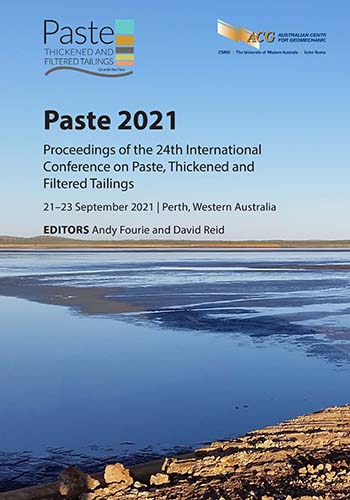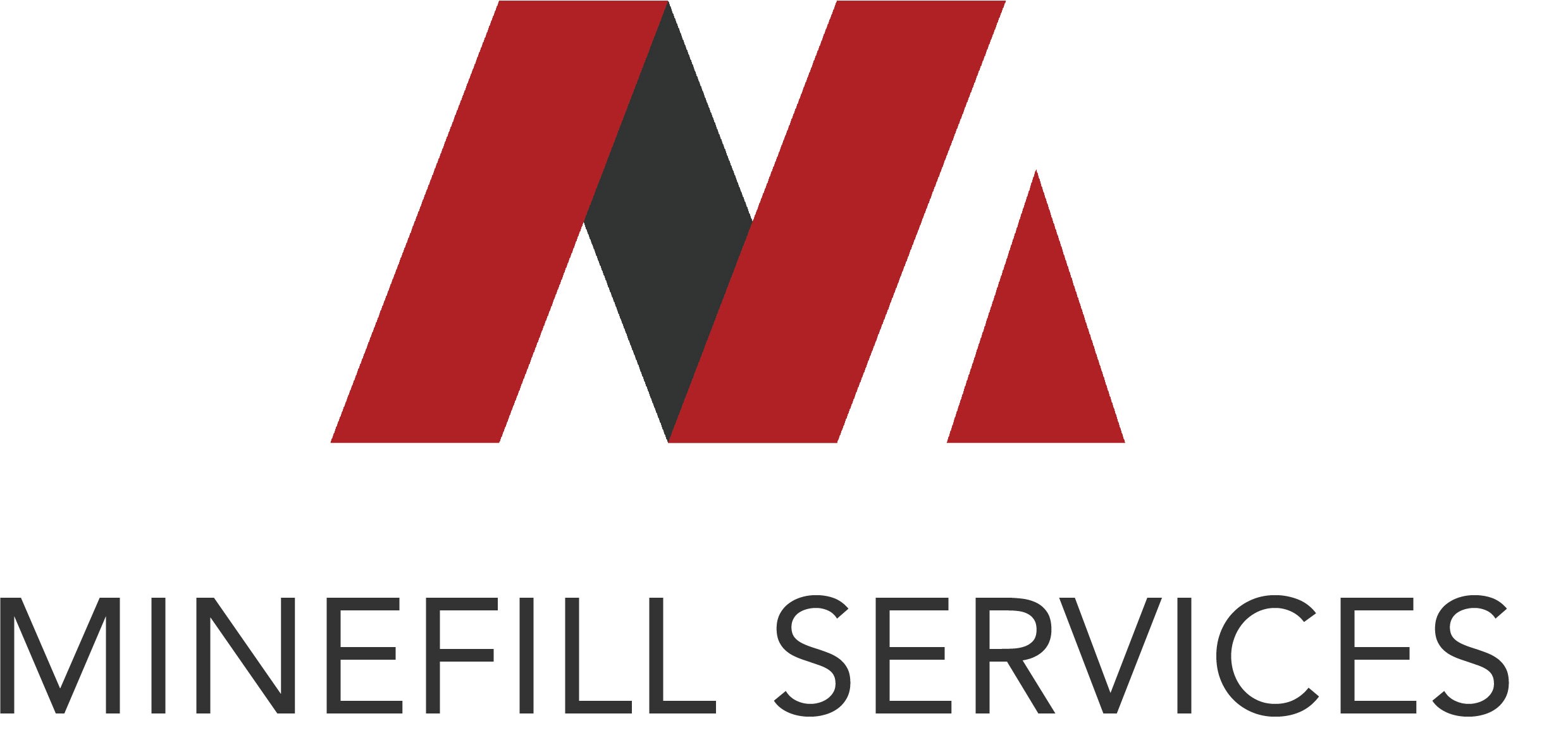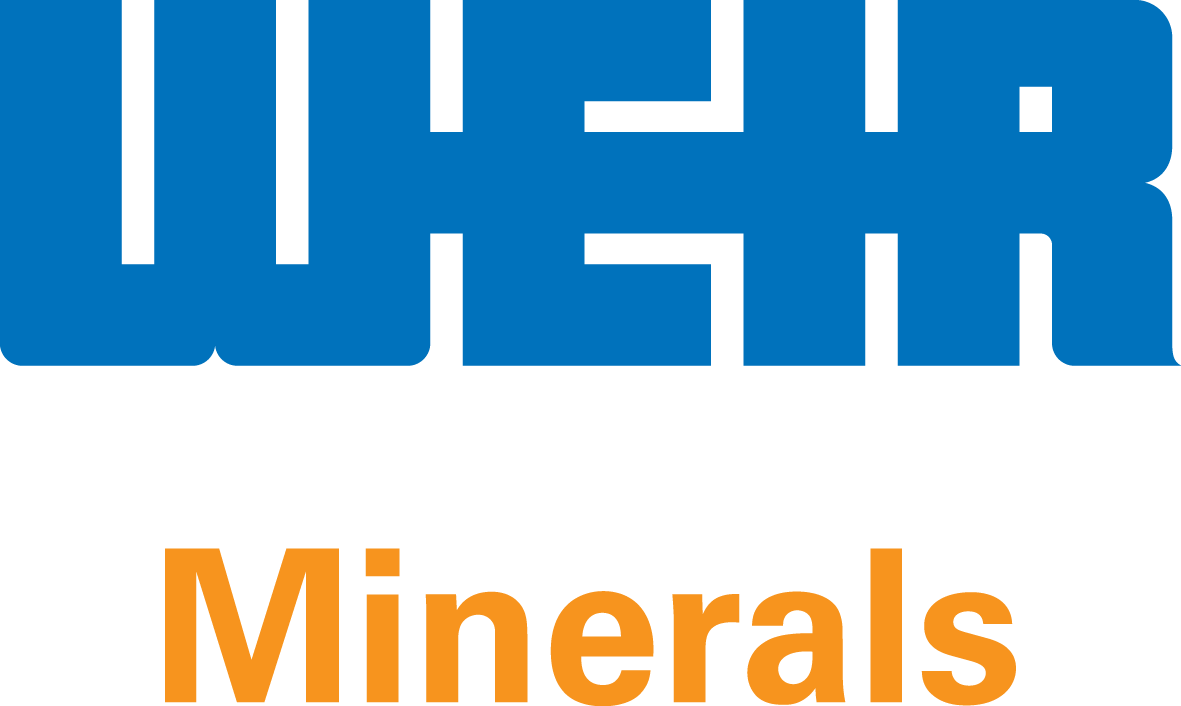Safety and efficiency benefits from using automated backfill diverter valves on Kirkland Lake Gold Fosterville mine’s paste reticulation systems

|
Authors: Evans, R; Trinker, G; Carriere, M |
DOI https://doi.org/10.36487/ACG_repo/2115_22
Cite As:
Evans, R, Trinker, G & Carriere, M 2021, 'Safety and efficiency benefits from using automated backfill diverter valves on Kirkland Lake Gold Fosterville mine’s paste reticulation systems', in AB Fourie & D Reid (eds), Paste 2021: Proceedings of the 24th International Conference on Paste, Thickened and Filtered Tailings, Australian Centre for Geomechanics, Perth, pp. 263-272, https://doi.org/10.36487/ACG_repo/2115_22
Abstract:
As backfill systems become a more common method for managing tailings and enhancing ore recovery, safe and efficient methods for handling the backfill are adding value for mine owners. At Kirkland Lake Gold Fosterville mine (Victoria, Australia), automated diverter valves were installed at distribution switching points to direct paste to the intended stopes. The valves are operated remotely from a control room, removing the human element at the transition point during diversion. The other option for making changes in paste distribution is a manual operation where long sweep elbows are disconnected from the piping network and reconnected to a different downstream pipe. This process is tedious and time consuming, requiring many man hours and equipment that is not always readily available, resulting in much down time. This paper will discuss how using automated diverter valve operation in place of manual diversion of the paste at Kirkland Lake Gold’s reticulation system delivered dramatic uptime and minimised physical safety risks. Safety benefits not only eliminated the manual movement of piping components but include localised lockout access, safe evacuation of paste from upstream borehole (and piping) resulting from downstream blockage and diversion of flush water to a suitable collection area.
Keywords: backfill, paste reticulation, diverter valve
© Copyright 2025, Australian Centre for Geomechanics (ACG), The University of Western Australia. All rights reserved.
View copyright/legal information
Please direct any queries or error reports to repository-acg@uwa.edu.au
View copyright/legal information
Please direct any queries or error reports to repository-acg@uwa.edu.au





